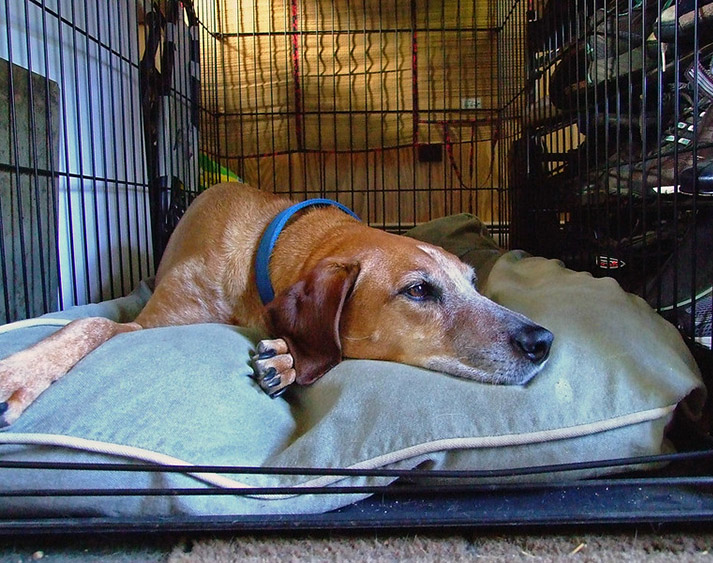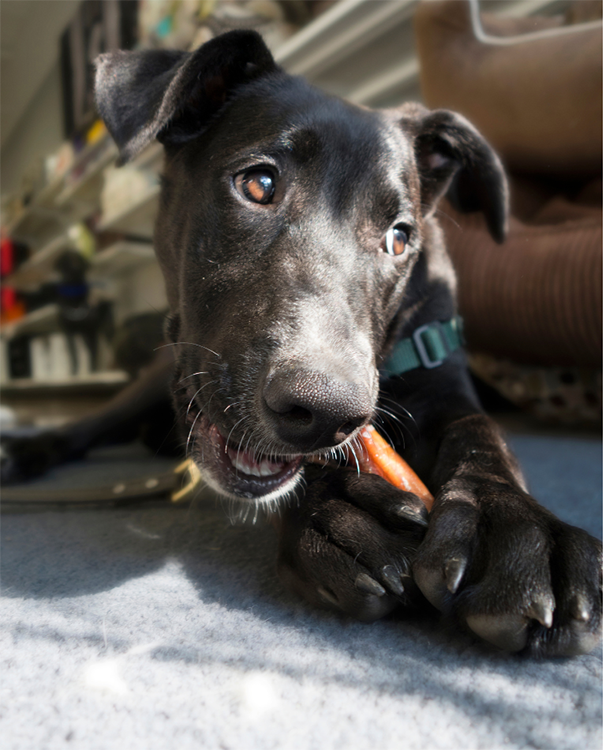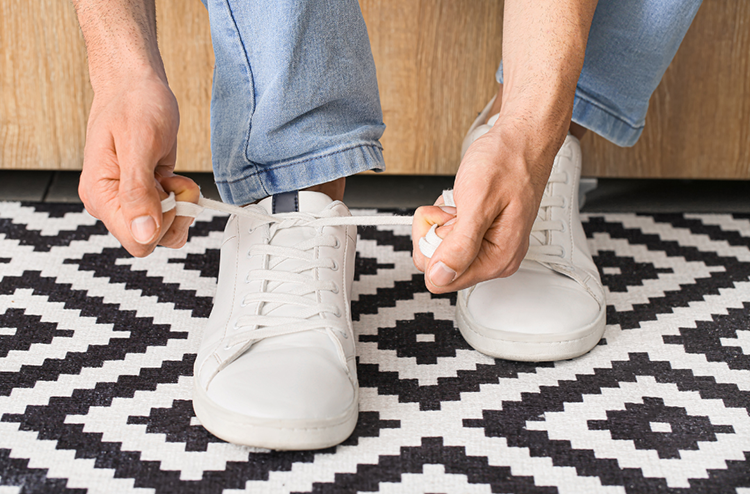New cat
How to set up your home to help your new cat settle in quickly
Cats, Adopters, Cat behaviour, Kitten

Dogs are sociable creatures and, while some adapt well to being alone, they prefer to have company around even if they aren’t interacting with you.
Some dogs find it difficult for their owners to be away, and react either as they are leaving or after they have left. This can range from a short period of whining or pacing, to howling and destruction.
The good news is that you can build up training for dogs to cope better with being left alone. If you're adopting a dog from us that we've noticed has difficulty being alone, we'll give you further advice and support before and after adoption.
If possible, don't leave your dog at all for the time you're training your dog. Consider asking a friend or relative to come and dog-sit, or leave your dog with someone else you trust. You could also take your dog to daycare if this suits them.
Get your dog used to short periods alone (we're talking seconds or minutes) before trying to leave them for longer. If your dog becomes distressed at all through the training, you should take a step backwards and proceed at a slower pace.
Ideally choose somewhere where your dog eats and sleeps already; perhaps have a mat in the kitchen or use a crate. Your dog should love this place and be happy to settle here whilst you are around.
In this area use a product such as Adaptil, which releases a calming hormone. Other dogs respond well to a Thunder Shirt, which apply a gentle, comforting pressure around the torso. For very severe cases your vet may also be able to suggest medication that will help calm your dog enough to start working on the issue.
If they don't already, introduce your dog to food toys such as a Kong, treat balls or other chewable toys. Chewing is incredibly relaxing for dogs. Make the treat puzzles easy to use at first if they aren't sure what to do. Sit next to the safe space with your dog having the chew or Kong.

Repeat until your dog recognises that this space is for calm and relaxed activity time. Once your dog has learned this you can start to gradually add in 'triggers' which might cause your dog anxiety. A trigger is an activity as simple as walking to the door or putting your coat on – something that will likely get your dog up and following you.
Just do one at a time – if your dog gets up or shows any other signs of distress, sit back down until your dog settles then try again. You may need to get up and down many times until your dog stops responding and remains relaxed. Work up to being able to walk out of the room and have a happy and content dog.
If putting your coat or shoes on is a trigger, do other activities such as washing up or reading a book while wearing your coat and shoes. If it is the sound of keys, then jangle them at random times to help your dog realise these things don't necessarily mean that you are leaving.

Being destructive, such as chewing and ripping objects, digging or scratching?
This can also be the result of boredom or lack of exercise, as well as part of the natural development of puppies and young dogs. If the destruction is focused particularly around door or window frames then that could be more likely anxiety.
Toileting in the house?
If your dog is young, make sure their housetraining is good. If they are getting older, then perhaps they can no longer hold it for as long as they used to and could benefit from a check-up with your vets. If they are messing even if you are gone for a short time, even 5 minutes, then that would more likely be a sign of anxiety.
Being noisy, such as howling, barking or whining?
Get a neighbour to listen out, or set a video to record. It could be reactivity to passerbys or the postman. Solutions to this include training to get them used to doorbells and knocking, or shading the lower part of your windows. If it is sustained, then that would more likely be a sign of anxiety.
Displaying physical reactions such as panting, shaking or drooling as I get ready to leave?
This is a clear sign of anxiety.
» DOWNLOAD this as a printable page
» Read more about separation anxiety